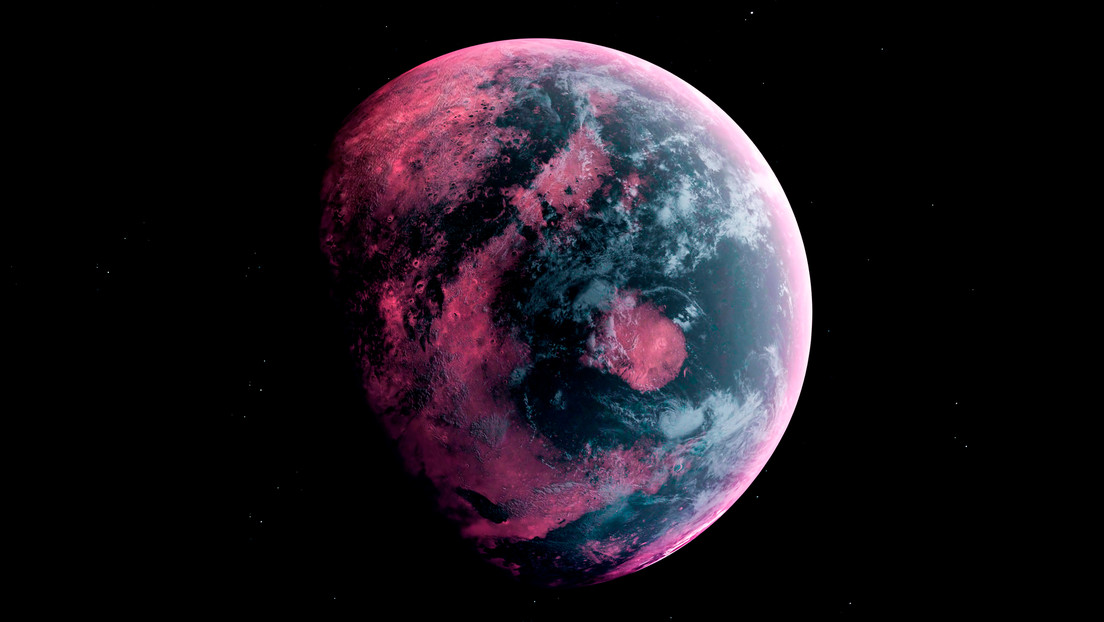
An international team of astronomers led by Dr. Nikku Madhusudhan, of Cambridge University, has detected intriguing signs in the atmosphere of K2-18b, an exoplanet located about 120 light years from Earth. A new study reveals the presence of dimethyl sulfide, a molecule that on our planet is only produced by some living organisms, such as seaweed.
Discovered in 2017, the K2-18b is classified as a subplepist, which is what planets are called larger than Earth but smaller than Neptune. It is located in the constellation of Leo and orbits a red dwarf in the so-called 'habitable zone', considered the most promising location to find planets that sustain life. The planet's temperature is similar to Earth's, but the K2-18 b orbits so close to its star that a year there only lasts 33 days, the Daily Mail notes.
In 2021, Madhusudhan proposed that these planets could be 'hycean worlds' (of 'hydrogen' and 'ocean'), with temperate oceans under hydrogen-rich atmospheres. Thanks to the James Webb Space Telescope, his team analyzed the filtered starlight during the planet's transits, and in 2023 they identified traces of dimethyl sulfide. Subsequent observations in 2024 confirmed an even more intense signal, with concentrations thousands of times higher than the terrestrial ones.
"This is a revolutionary moment," Dr. said. Madhusudhan. "It is the first time that humanity has seen possible biosignities on a habitable planet."
Although the finding is promising, the scientific community calls for prudence. Christopher Glein of the Southwest Research Institute argues that the K2-18b could be a rocky planet with an ocean of magma and an atmosphere incompatible with life as we know it. Other experts stress that dimethyl sulfide could be formed by abiotic processes.
"It's a clue. But we still can't conclude that it's habitable," said Stephen Schmidt, a planetary scientist at Johns Hopkins University. To solve the enigma, more data from the James Webb Space Telescope and experiments are required to simulate sub-neptual conditions. But the future of these investigations hangs by a thread, as potential NASA budget cuts pushed by the Trump administration threaten to cancel next-generation telescopes. (Text and photo: RT)